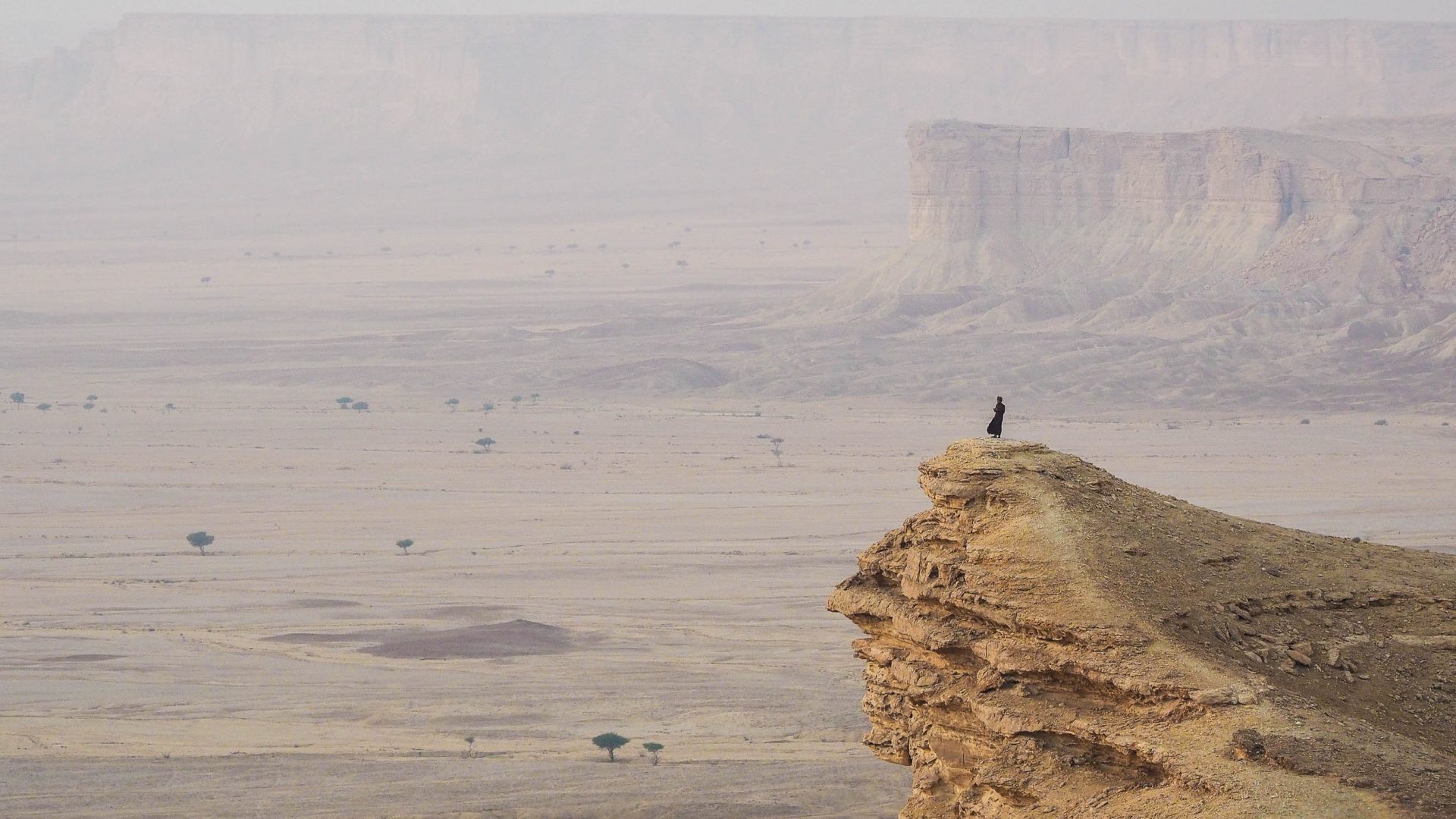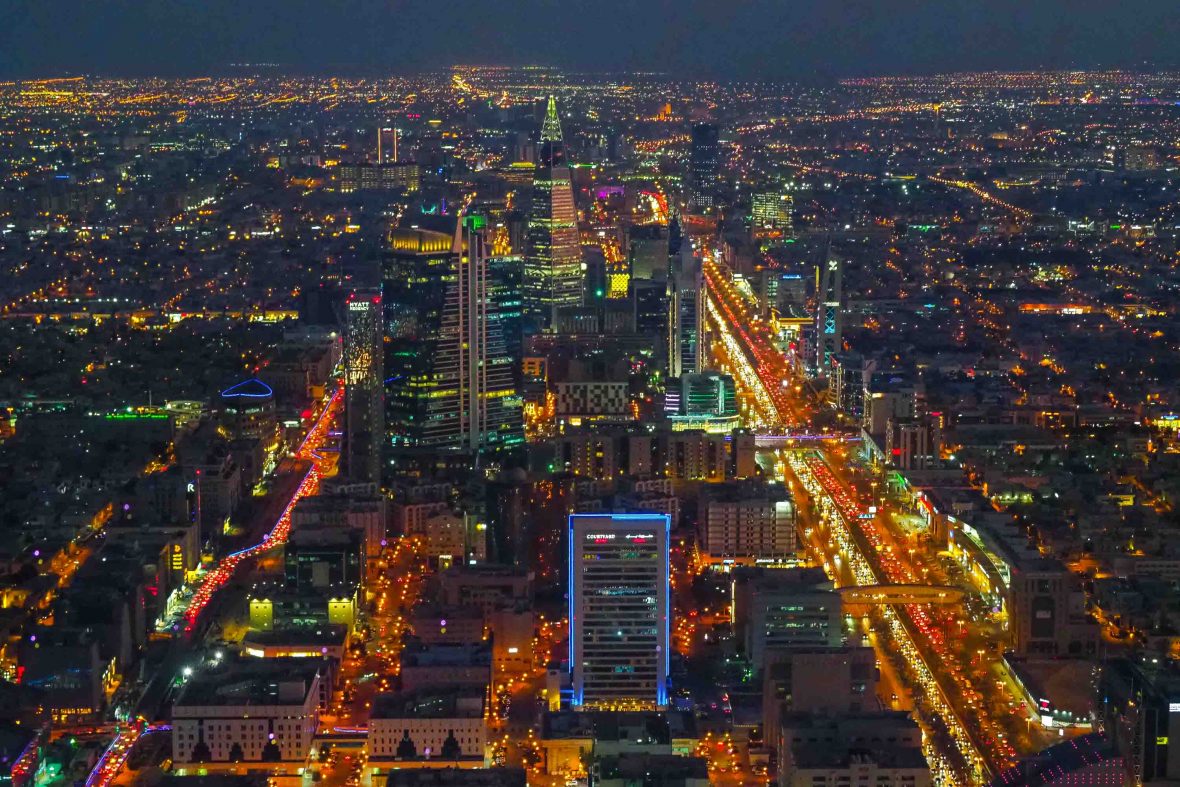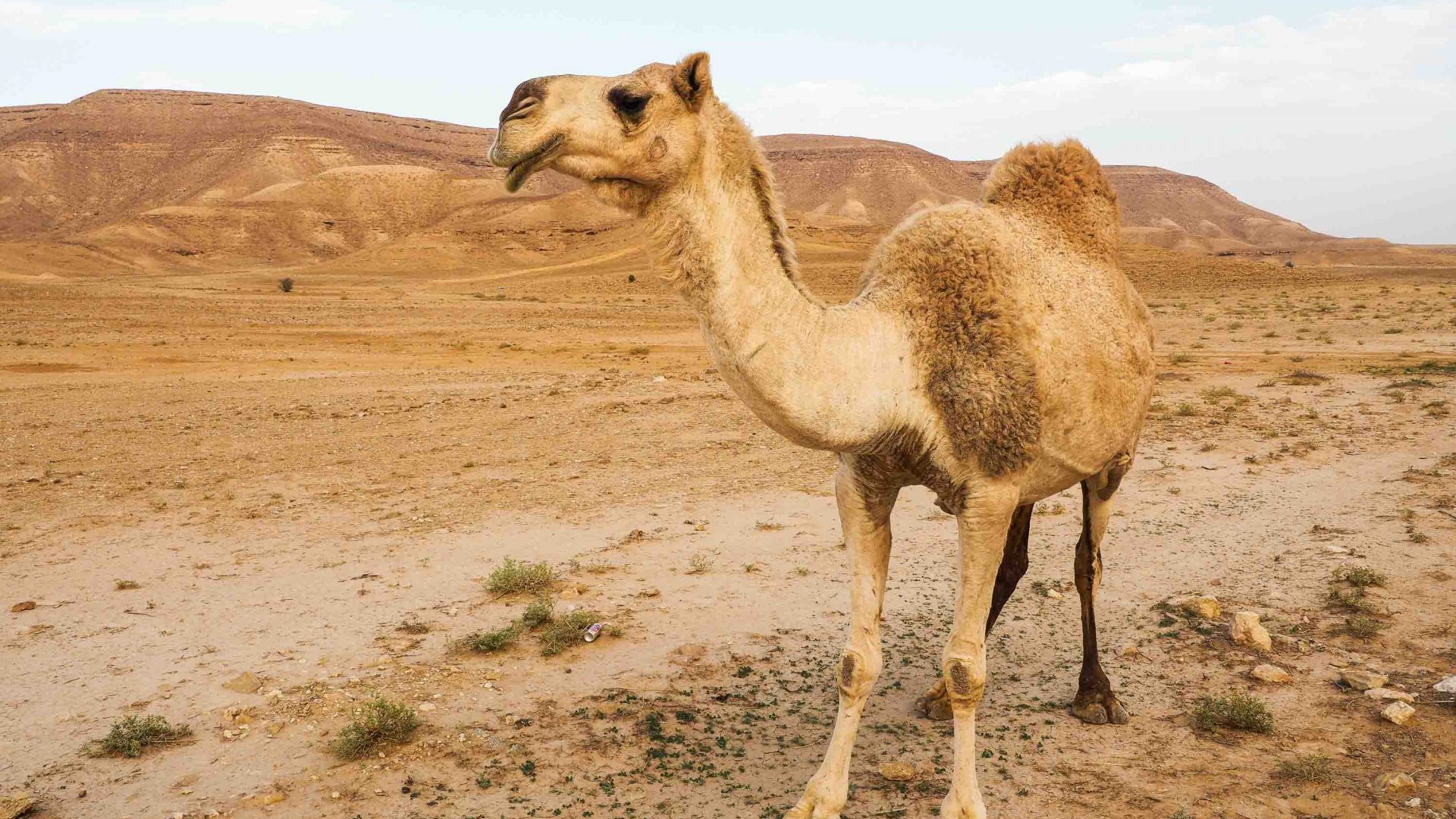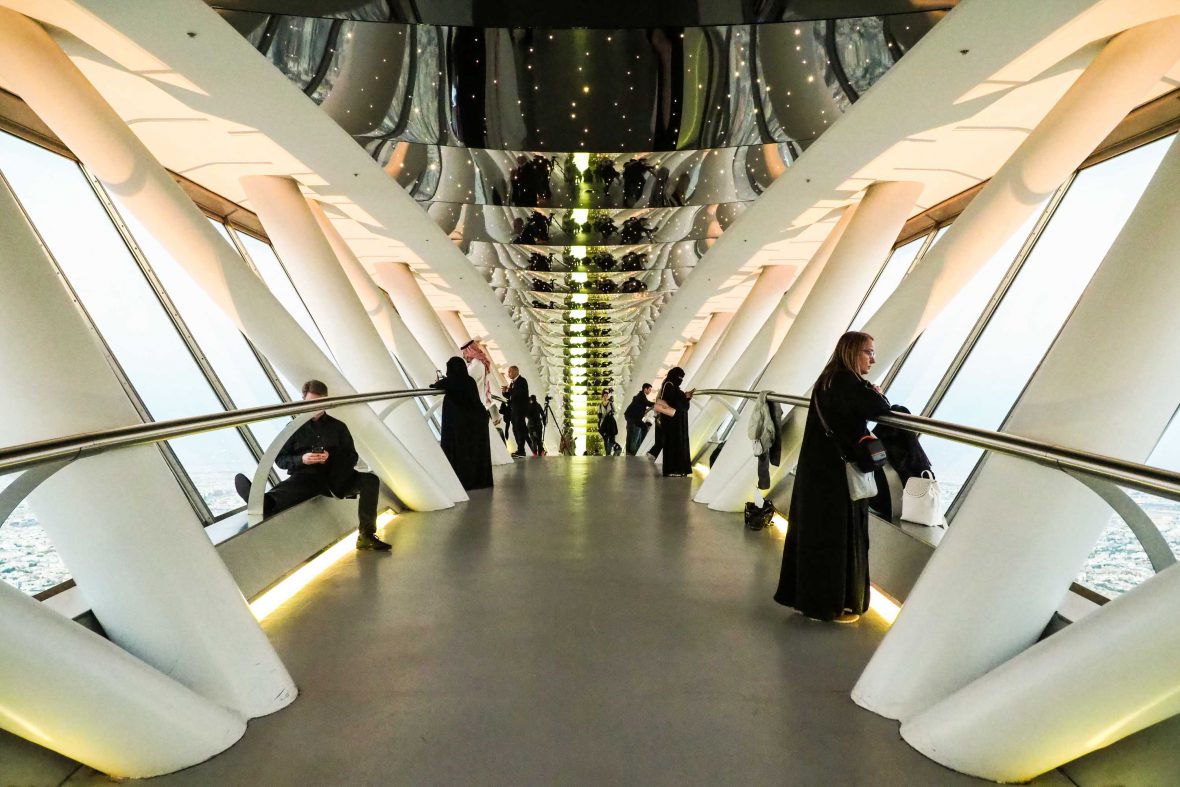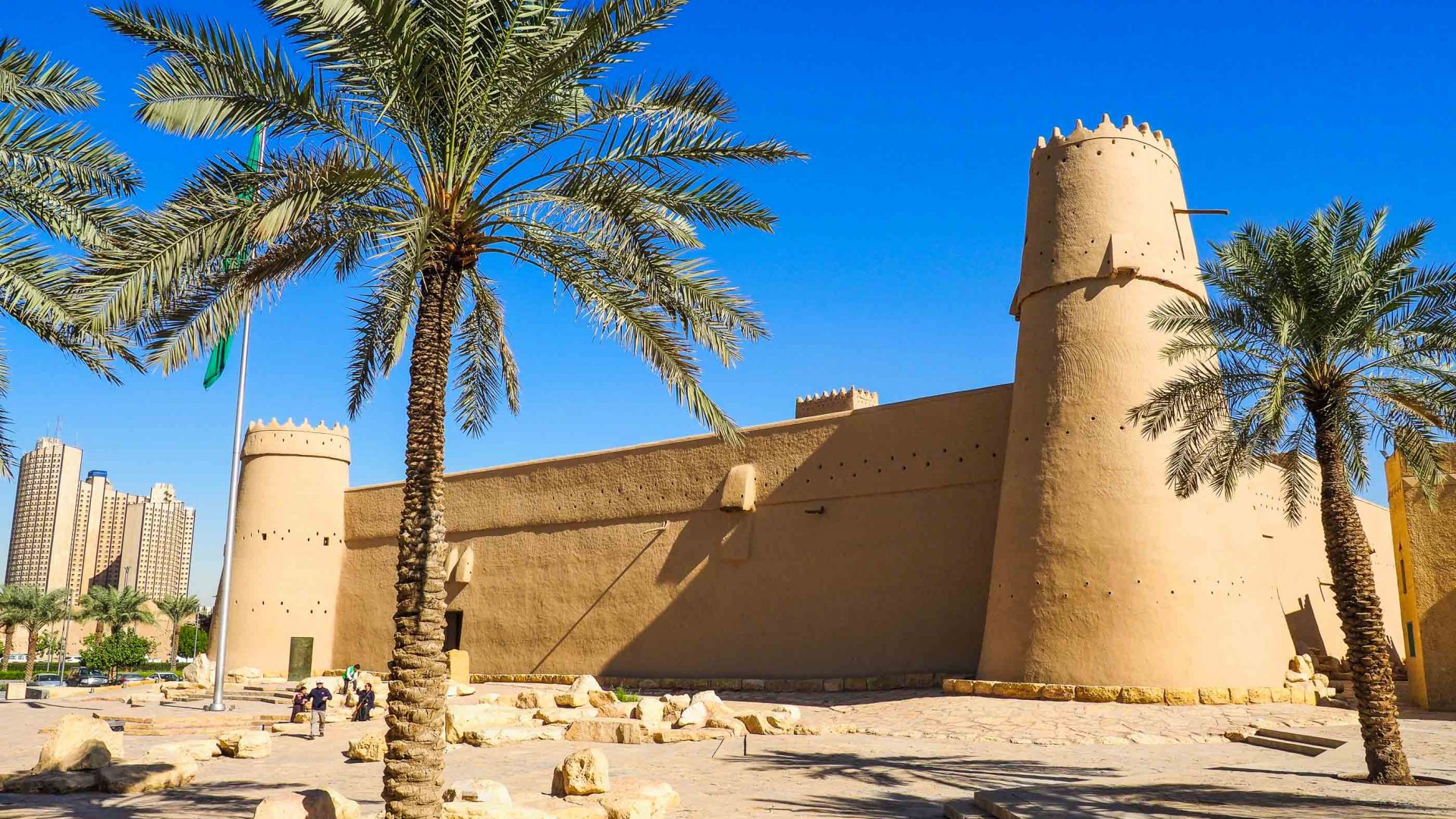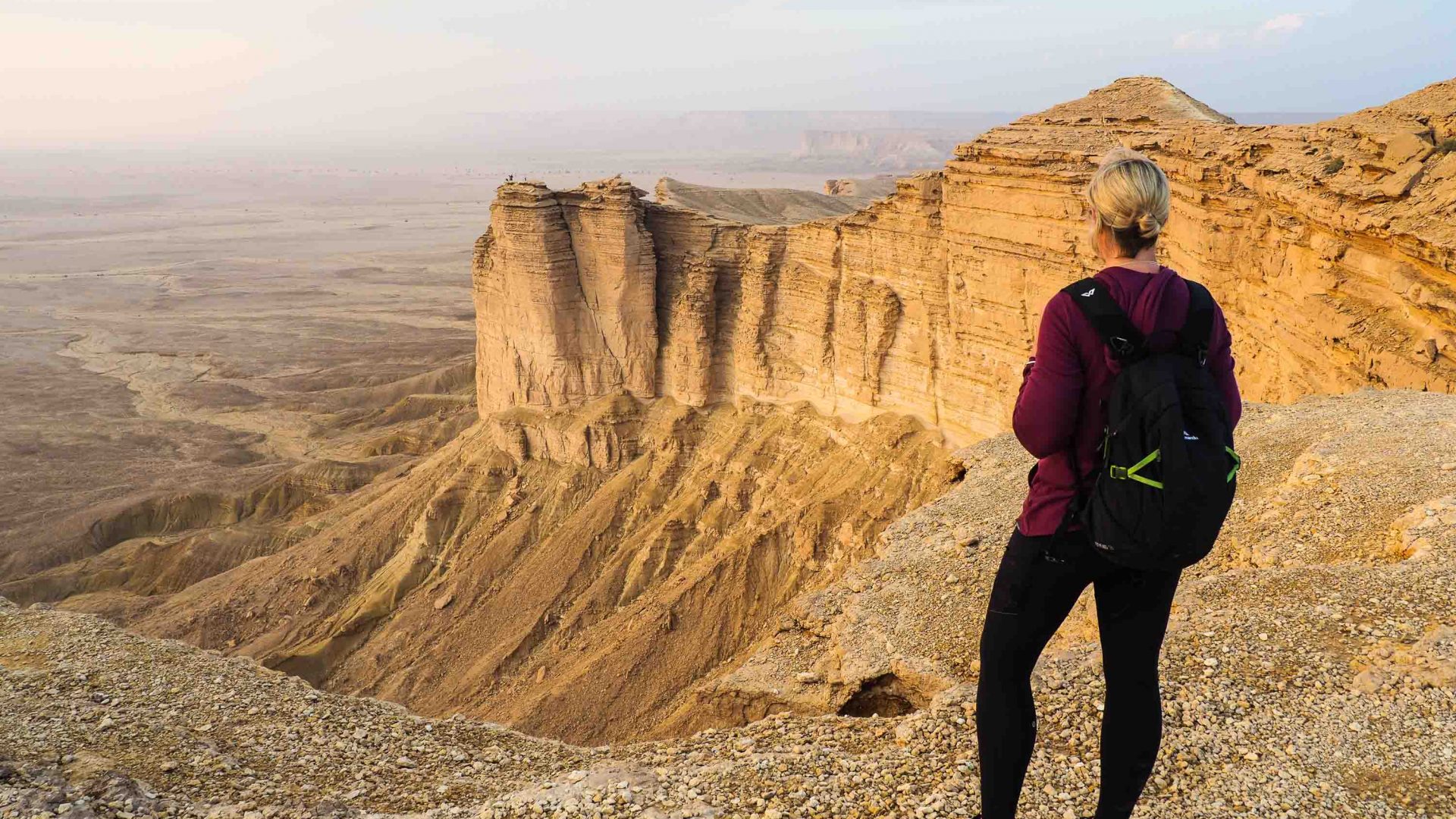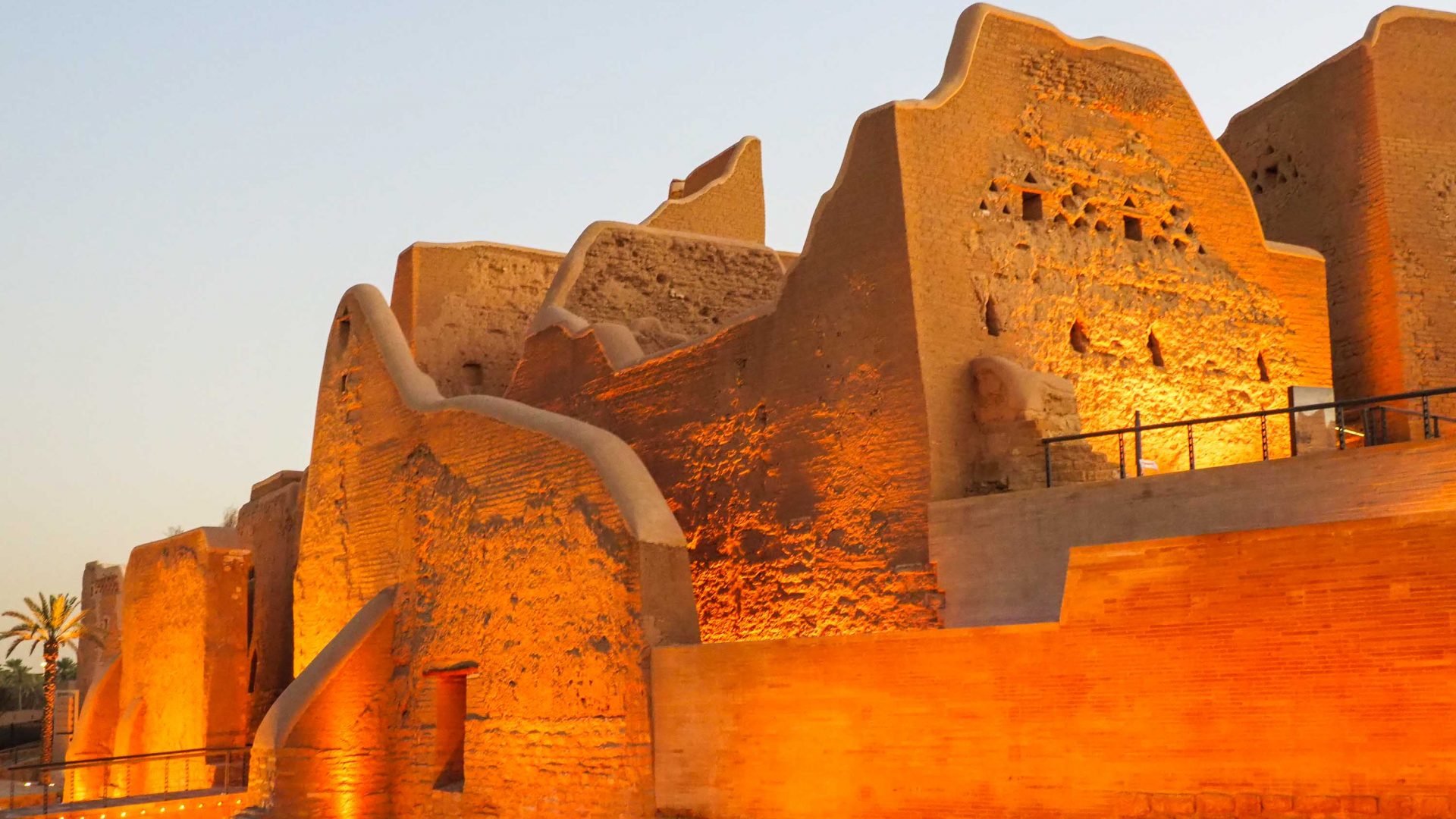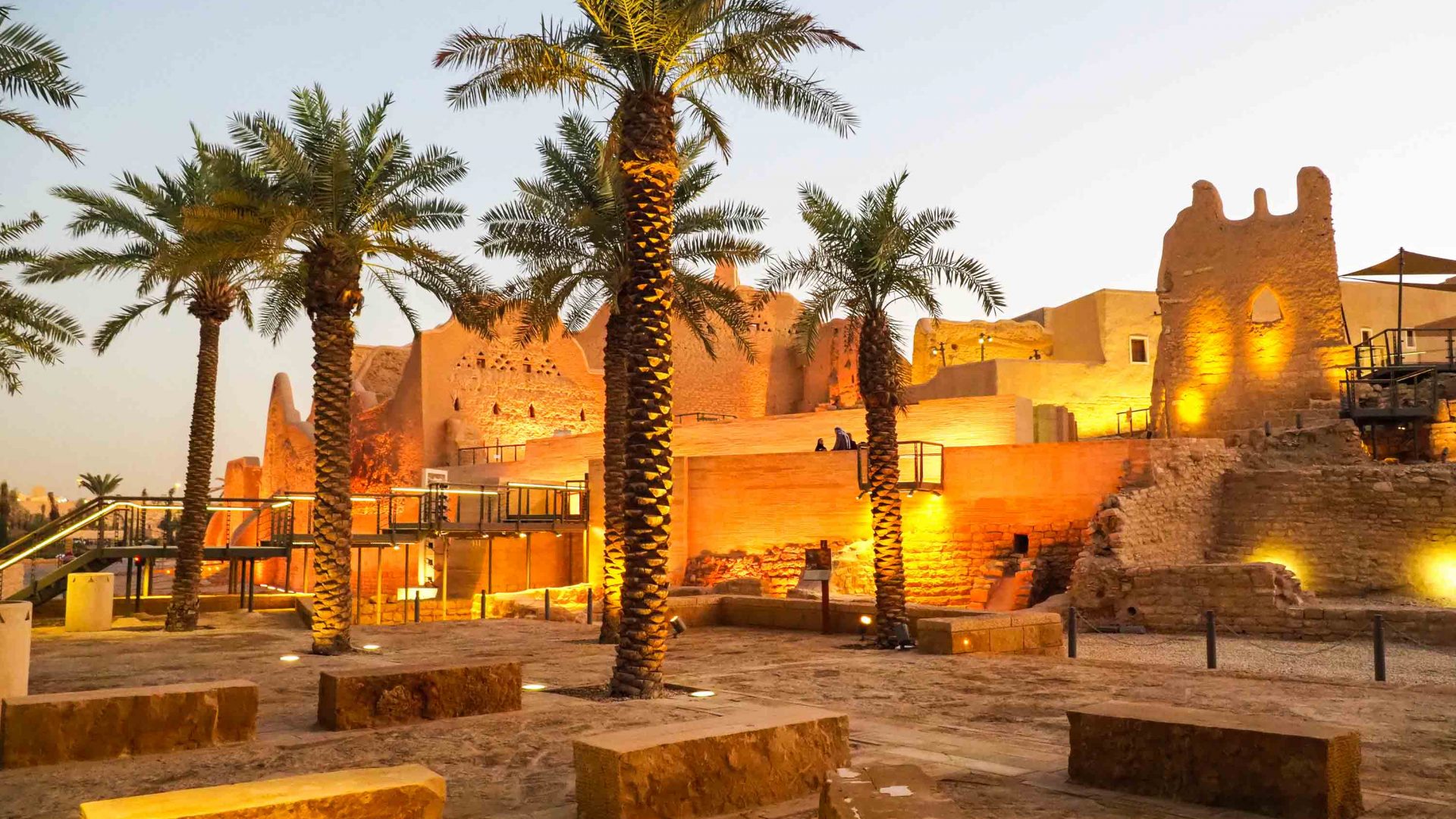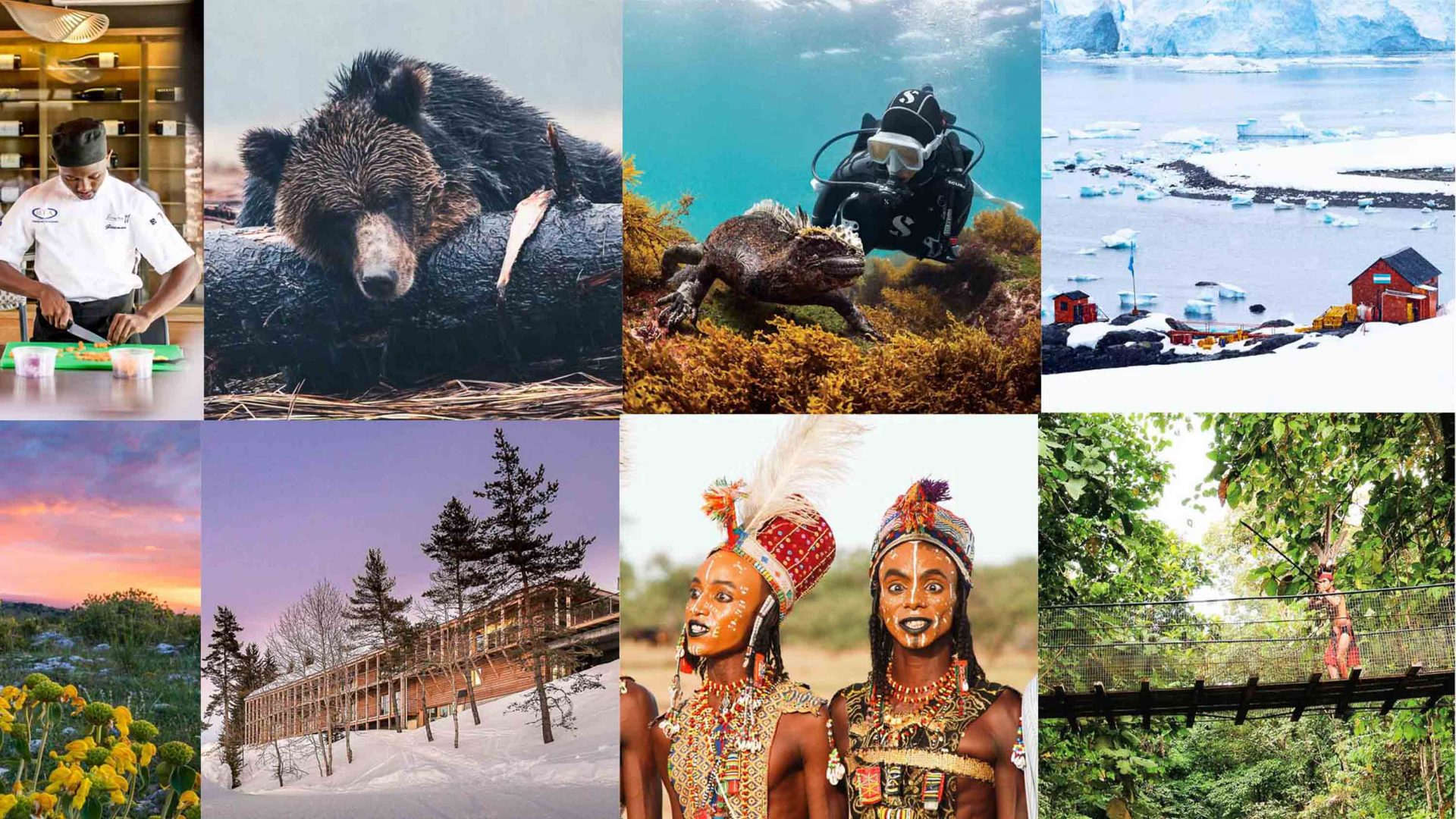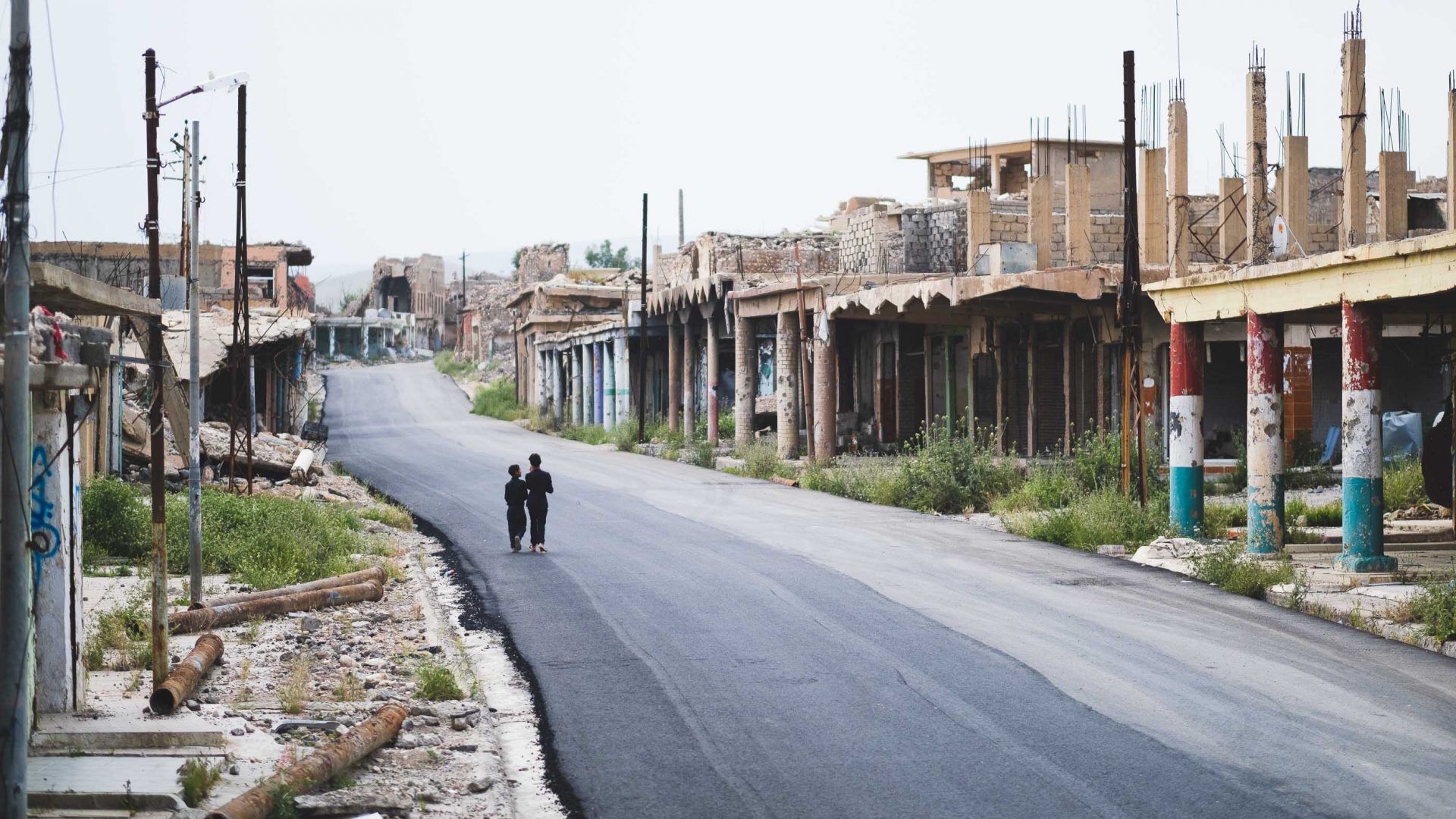The Kingdom is sinking billions into tourism, but should intrepid travelers—especially women—be making travel plans so soon? And is responsible tourism here even possible? Sarah Reid takes a test run.
“How are you feeling tonight Saudi?!”
The tone of the Swedish DJ’s voice gives me the impression that addressing the crowd felt as surreal for him as it feels for me to be among it.
But as flame cannons shoot ribbons of fire into the night sky to the soundtrack of legendary electronic music trio Swedish House Mafia, the frantic tangle of chunky sneakers, glow sticks, and glittery abayas (kimono-like gowns) surrounding me couldn’t care less. And it’s hardly surprising: This the first electronic dance music festival most ticket holders have ever attended.
This gig was the last
place I expected to end up on my first weekend in Riyadh, Saudi’s capital. Yet
the social transformation of the Kingdom is unfolding so quickly that many
locals admit they’re struggling to keep up themselves. “I used to have to leave
the country just to go to the cinema,” one young female punter tells me. “Now I
can take a taxi to a world-class music festival. I never thought this would be
possible.”
When Saudi Arabia launched tourist visas in September 2019, I was intrigued. While I’ve always felt that boycotting countries with poor human rights is not the most effective way to have a positive impact on a country, Saudi’s track record didn’t exactly inspire confidence in visiting.
RELATED: A beginner’s guide to responsible travel
We’re talking about a country with one of the world’s widest gender gaps. A country that still holds public executions—or in the case of murdered journalist Jamal Khashoggi, ‘rogue operations’ that play out very publicly.
Yet I was curious to discover if Saudi’s quest to secure its spot on the global travel map had substance. It’s one thing to fling open the doors to tourism and fly in a few influencers to drum up publicity—but are independent women travelers welcome in a country where less than two years ago, they weren’t even allowed to drive? So I booked my own flight and planned my trip, without any government assistance, to find out.
For a country so new to tourism, I’m impressed to find both a tourist information booth and a mobile data provider in the airport arrivals hall. Due to Riyadh’s combination of pedestrian-hostile streets and lack of public transport (the city’s metro isn’t expected to be operational until 2021), I was warned I wouldn’t get far without rideshare apps.
Having resigned myself to seeking out a women’s gym (which have only been around since 2017) to keep fit, I’m also pleased to learn that I can use my hotel gym outside of the designated women’s hours if I wish (as long as male gym-goers didn’t complain. They don’t.)
With most of the Kingdom’s historical sights—including the rock-cut Nabatean temples of Mada’in Saleh in Al Ula—currently closed for renovations, and Red Sea resorts still under construction, Riyadh has the most sightseeing value by far.
Known ironically as ‘The Bottle Opener’ for its distinctive U-shaped parabolic arch, the Kingdom Center’s 99th-floor SkyBridge is my first stop. Following a nail-biting Uber trip that helps me understand why many Saudi women are reluctant to exercise their right to drive, I arrive just in time to admire the mustard-yellow metropolis bathed in a rosy glow as the sun disappears below the desert haze.
My visit also coincides with Diriyah Season, part of a series of state-sponsored sports and entertainment events designed to attract tourism. The eclectic program spanned everything from a world-title boxing match to the DJ showcase, at a price that easily attracted me, but I was most interested in the opportunity to take a sneak peek at At-Turaif.
RELATED: How soon is too soon for post-ISIS tourism?
Founded in the 15th century, the honeycomb-colored fortress and citadel that formed the first capital of the Saudi Dynasty is currently in the final stages of restoration. And when the UNESCO-listed site, northwest of central Riyadh, officially opens to the public in 2020, it will be a must-see.
“It’s been great to see so many international tourists sign up for tours,” says my guide Nada Ali as she leads me through At-Turaif’s maze of alleys. “I’m glad that foreigners now have an opportunity to travel here so they can form their own opinions of Saudi Arabia, which may be different to the views they had before.”
The Kingdom’s disposable culture also makes it difficult to limit your travel footprint, and its restaurant scene dominated by international chains doesn’t bode particularly well for sustainable dining. But with a bit of savvy (I tracked down one of Jeddah’s pioneering women-owned food trucks via Instagram, for example), I still believe travel to Saudi can be a force for good.
Wandering through a busy mall after dinner one evening (after camel racing and football, shopping is Saudi’s national sport), I couldn’t help but notice a gaggle of fully veiled women rifling through bins of frilly knickers in the enormous Victoria’s Secret store.
The scene perfectly encapsulated a country racing towards the future, yet cognizant of maintaining its conservative identity. And while it may take more than a few social reforms to win over international tourists en masse, Saudi Arabia has plenty to offer curious travelers—male and female—who decide to make the journey.
––––
The writer traveled to Saudi Arabia independently.
